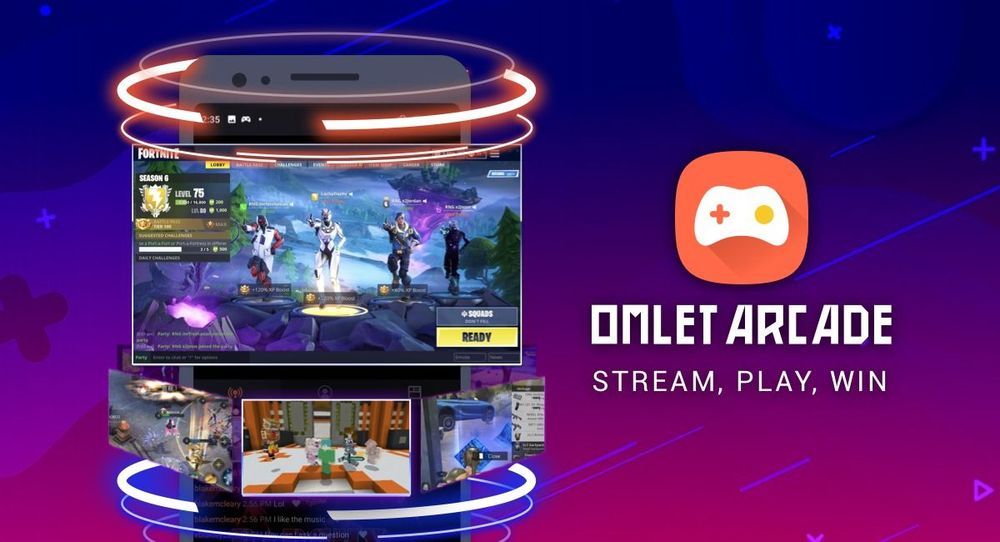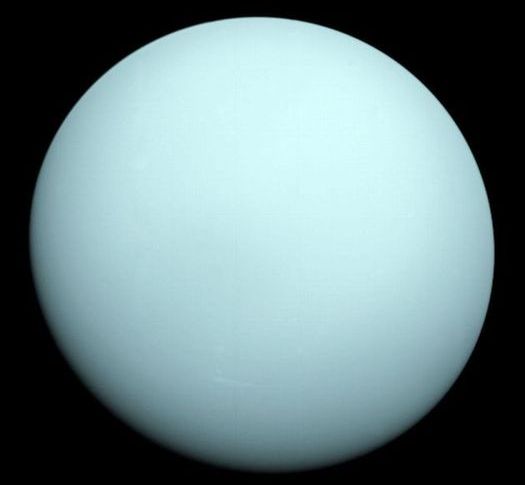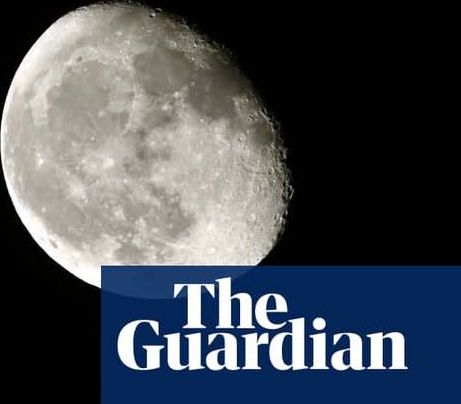A commercial satellite photo may reveal a new Chinese space plane just moments after it landed at a remote site on the western side of China.
The photo, which is too low resolution to be conclusive, was snapped by the San Francisco-based company Planet. It shows what could be the classified Chinese spacecraft on a long runway, along with several support vehicles lined up nearby.
Terse statements by China’s official Xinhua news agency said only that a Long March 2F rocket had carried a “reusable experimental spacecraft” into orbit and that the launch and landing were successful. The landing took place on Sept. 6 at almost the exact time the photo was snapped by the passing satellite.
The mission took place this past weekend, shrouded in secrecy, but some clues are emerging about what China sent into space, and why.




